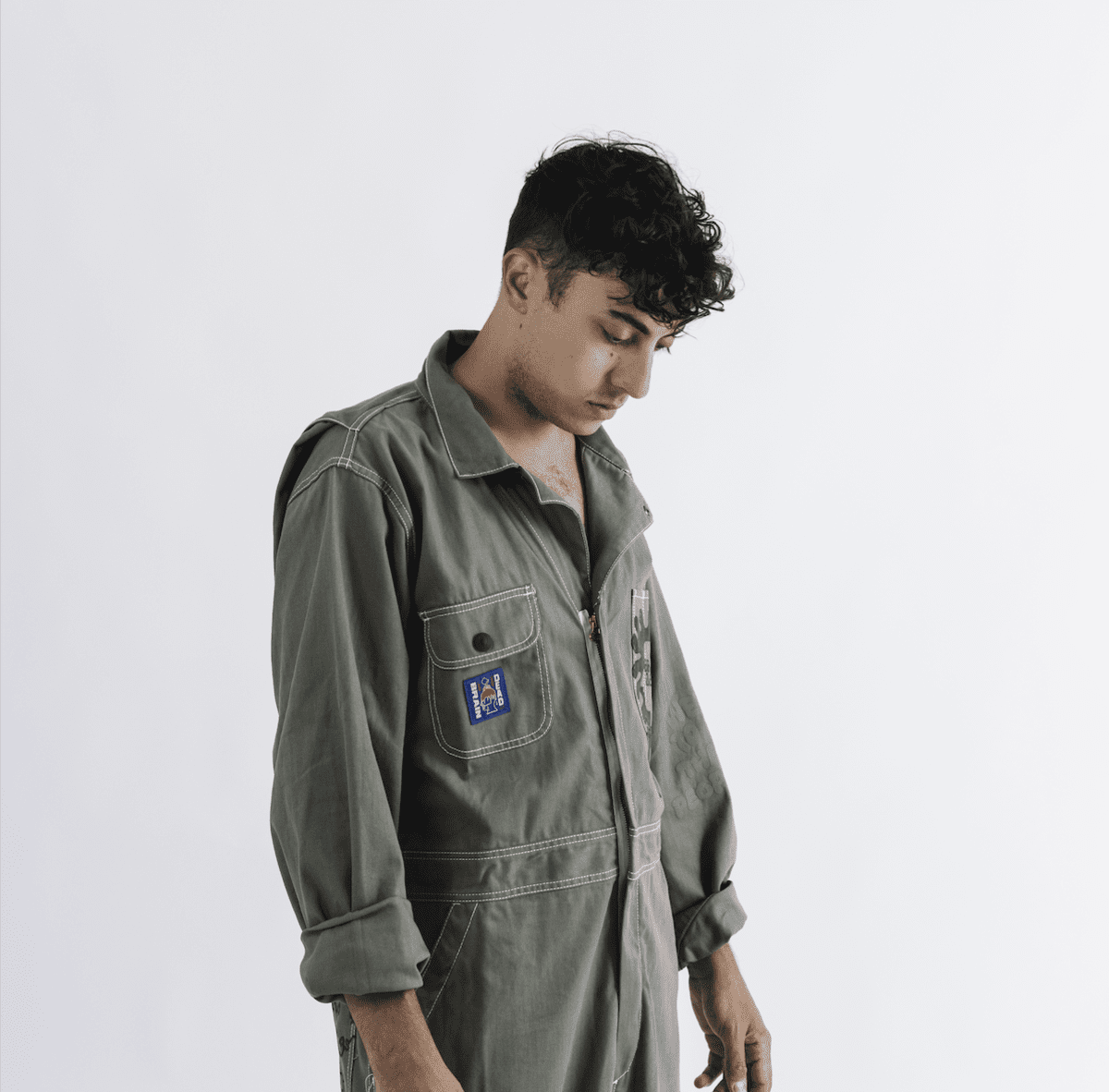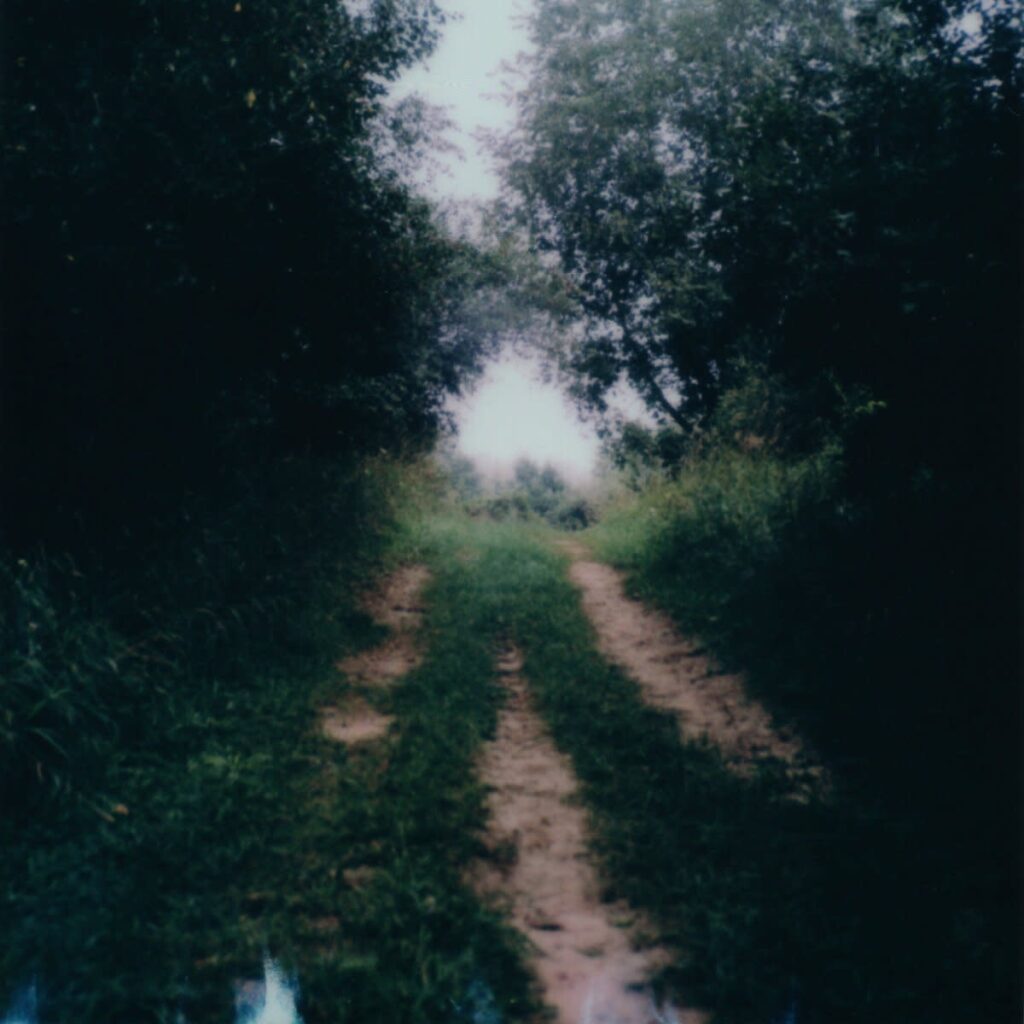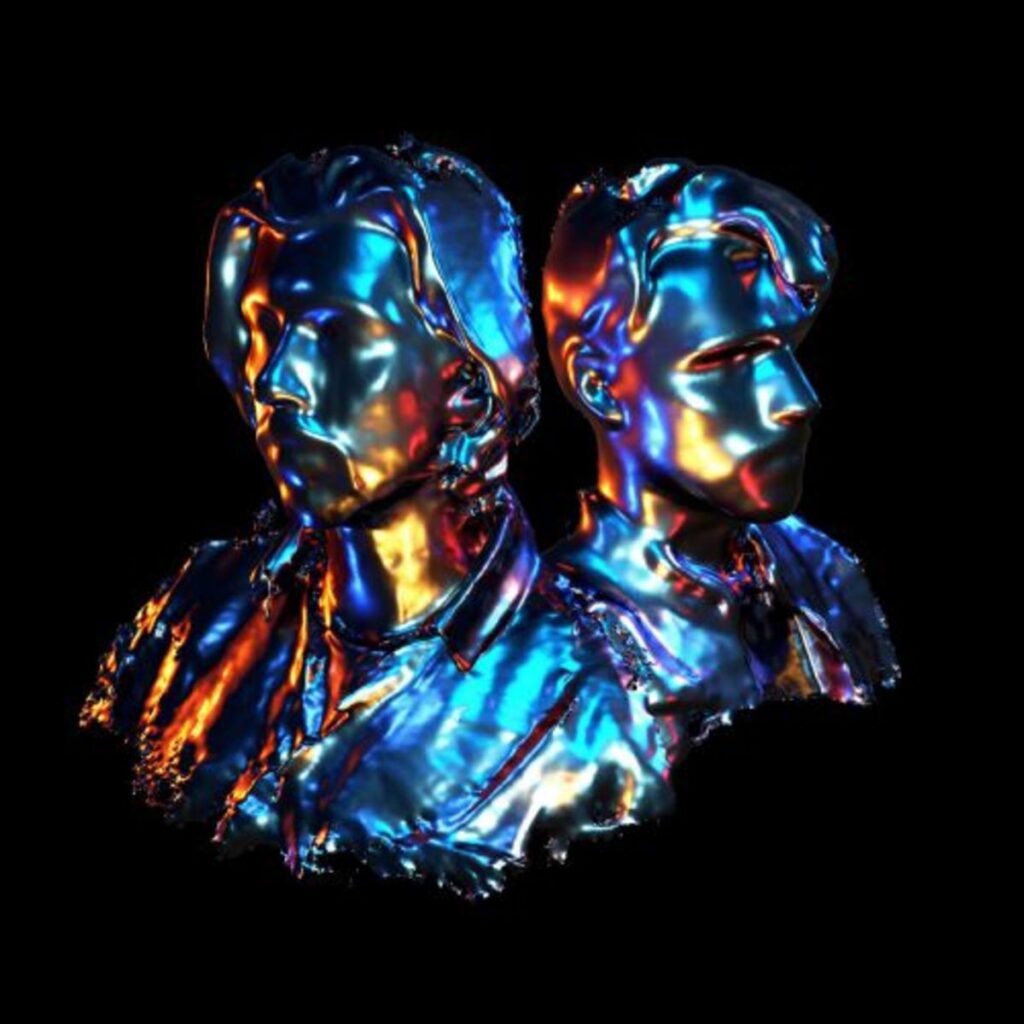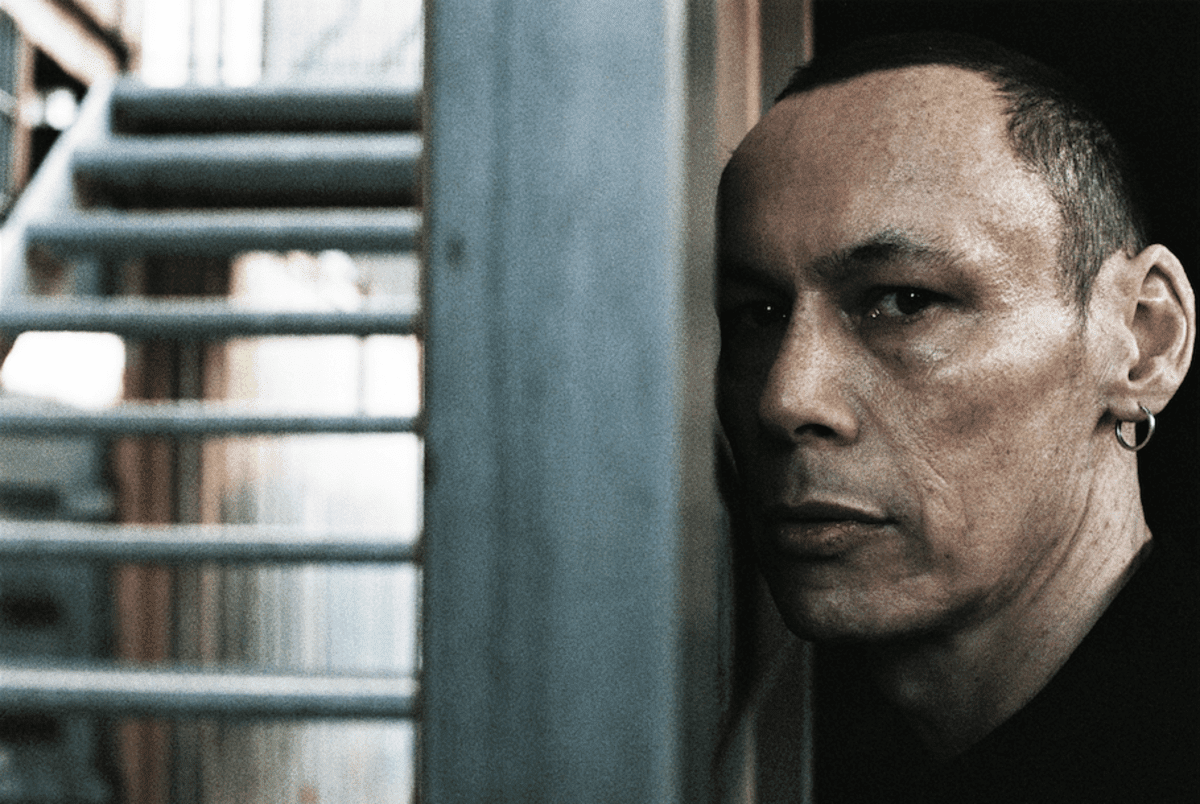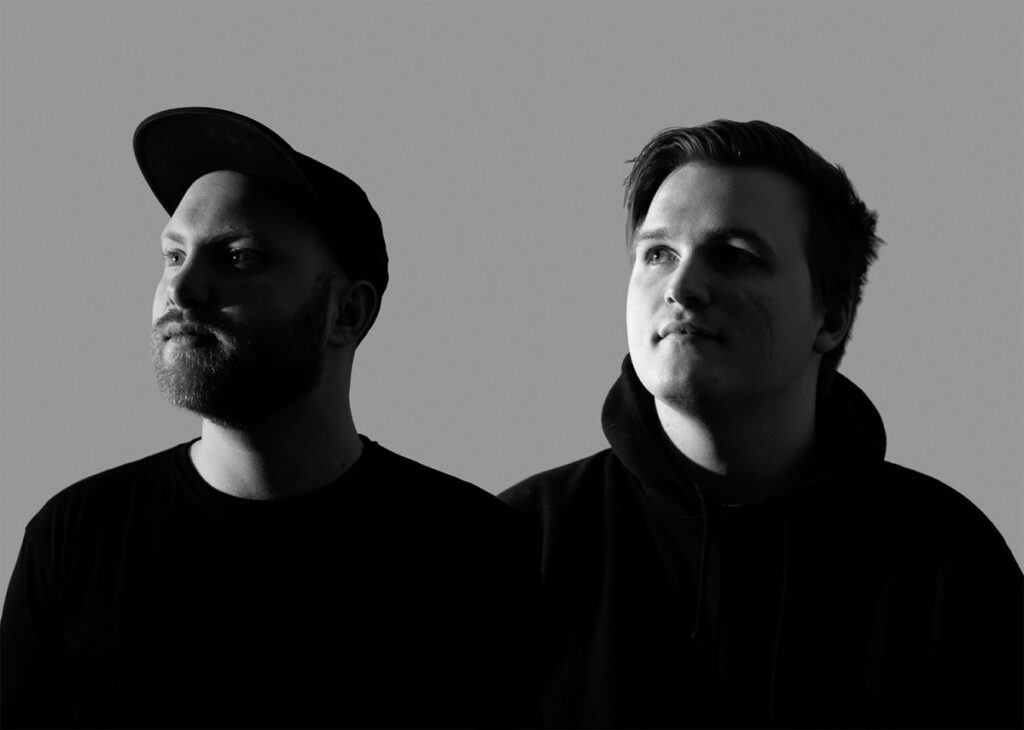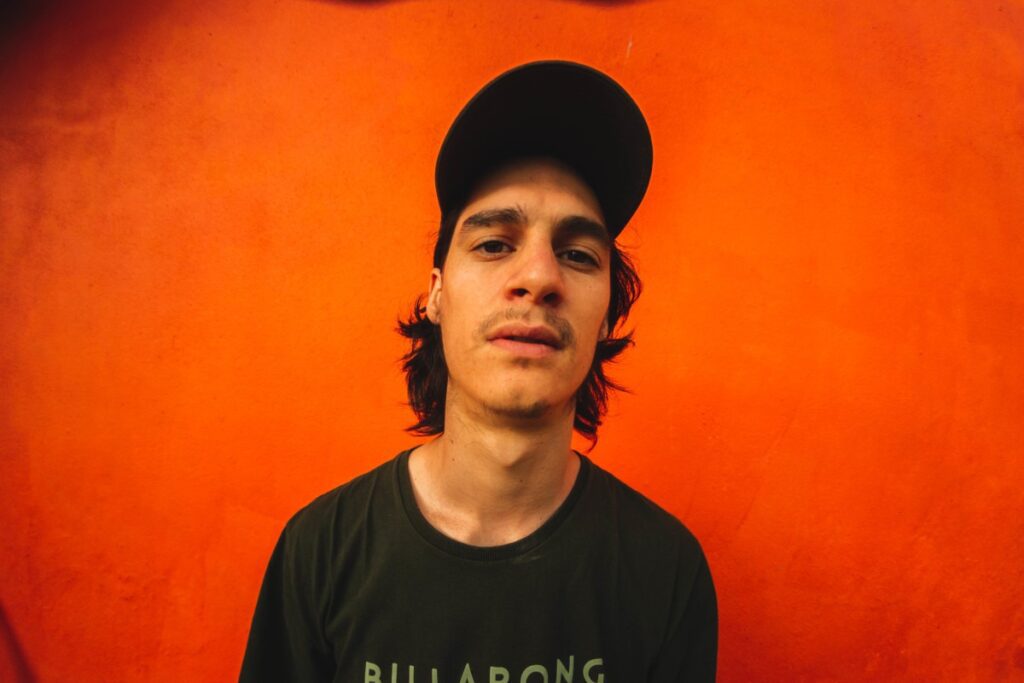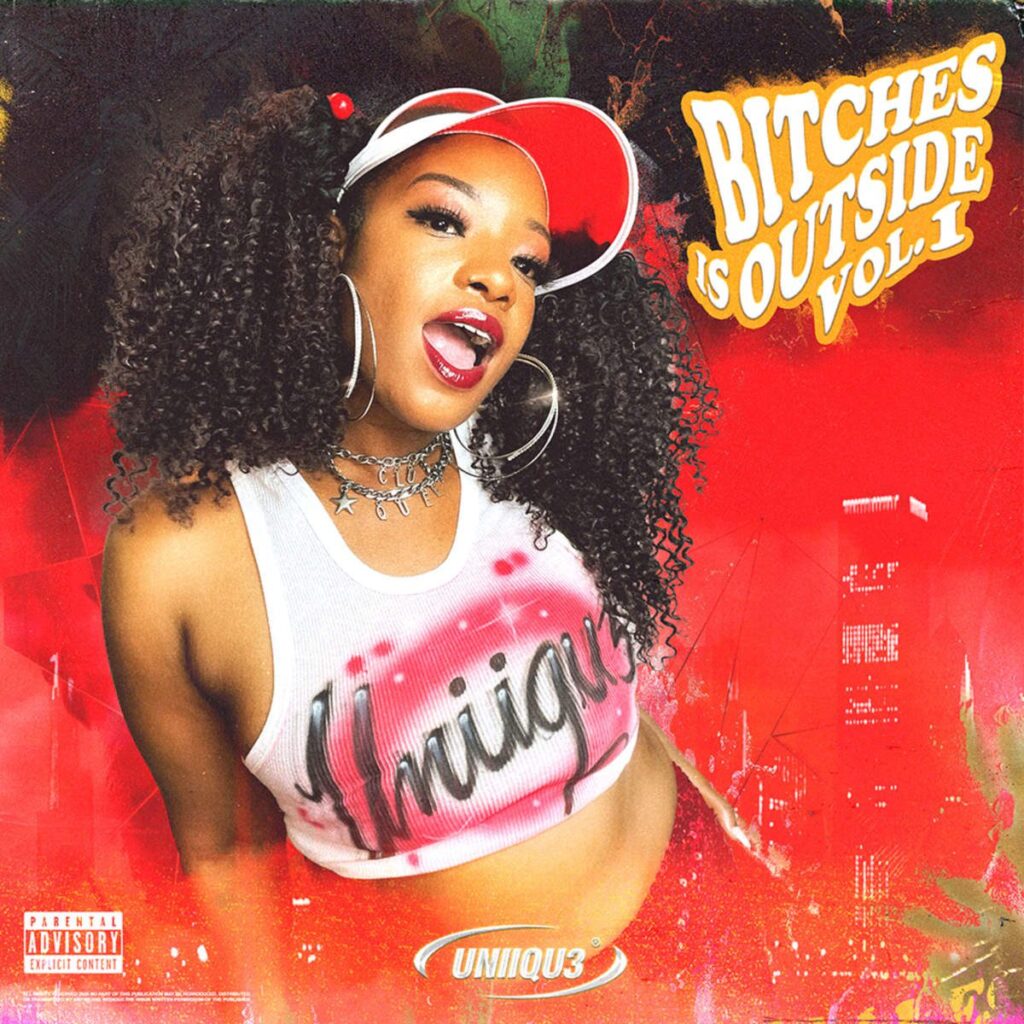DJ, producer and songwriter Roosevelt, real name Marius Lauber, has released his new album Polydans. A love letter to dance music, Lauber did what made him happy when making this album and that should reflect on the listener’s mood as well. A collection of upbeat synth tracks, Polydans channels the most danceable of Roosevelt’s music into a new record. The middle of the album is a little slower with longing letters to a lover in the not so distant past, while it is bookended by joyous exaltations to dance. A flurry of drums designed for a live show work with soaring synths and guitars to whip up tracks into a frenzy like on “Echoes,” or the Nile Rodgers-esque disco on “Strangers.”
Compared to some past albums like his self-titled debut and Young Romance, this is the biggest and most assertive work yet from Roosevelt. This is an album for escapism with a look ahead to the summer. Let’s hope we can escape together with a fun and danceable album like this.
Polydans was made during a period when Lauber was in the studio everyday and making music just felt right. To get a better idea of the process behind this album with the many moving parts, we wanted to know How It Was Made. We had Lauber break down the hardware used that make this album sound so rich and organic with drums, synths, bass and more.
Read on for the feature and listen to the album as you do so. Grab your copy here.
1. Roland Juno 60
This was my first "proper" synthesizer that I bought around 10 years ago. It definitely helped shaping my sound in the beginning and it's to this date a big part of it. There's something about the LFO modulation and the chorus that just can't be recreated digitally. I come back to it on almost every single track, and it's probably on all of the album tracks in some form. I prefer the 60 to the 106 as it feels warmer and richer to me.

Roland Juno 60
Roosevelt
2. Höfner 182 Bass

Höfner 182 Bass
Roosevelt
This was my first own bass and it's one of my favorite instruments. You can hear it on a lot of my tracks, I started using it on "Montreal" in 2013. You can hear it on tracks like "Feels Right" or "Easy Way Out" on the new album. It has a very unique and punchy sound, almost as if you already compressed it. I wouldn't consider myself a bass player, if anything I'm more of a guitar player that can play bass – so I instantly loved the size and weight of this thing. We were touring a while with it and you literally couldn't tell if there was something in the flight case or not.

Höfner 182 Bass
Roosevelt
3. Pearl President Drums
I bought this vintage Pearl drumset in a drum shop in my hometown where it was just decoration in the store window. It looked like an old, antique jazz kit, but I loved the blue sparkle color of it and whenever I really liked a drum sound back then, it was always from vintage kits. So I asked the storeowner if he would sell this to me and I got it for around 300€. I tried a few other drums since then, but I'm always coming back to this one. I think it has something to do with the age of the wood, that you get this great dead, warm sound from it.

Pearl President Drums
Roosevelt
4. Neumann TLM 193
Before I recorded this album, the mic collection in my studio was relatively small – I only had a few good dynamics but nothing too fancy. I recorded a vocal in Barcelona earlier last year with one of the newer Shure condensers and it fit my vocal really well – so I was looking for a good condenser mic and was shooting out a few – I ended up with the Neumann TLM 193 as it seemed most natural sounding without hyping the high end.
To some this mic probably feels a bit dark, but I prefer to push the high end of a darker mic to some extend, than having to cut it away from an overly hyped one. Also I'm definitely having some kind of aversion against overly bright productions anyway. It's a wonderful mic with a lot of great detail – I used it as an all-round tool all over the record, for vocals, percussion, drums and acoustic guitar.

Neumann TLM 193
Roosevelt
5. AMS Neve 1073 Dual Pre-Amp
Before recording this album, I rarely used outboard preamps, except the other one you can see on this picture, a Universal Audio LA-610 for bass and vocals. I was looking for something to run guitars, bass and synths directly into, and tested the Dual AMS Neve 1073 one and really loved it. It really brings signals to live and adds some mid-range magic to them. The EQ is great for guitars, I've used UAD's Neve EQs in the past to boost 1,6k or 3,2k, but the hardware unit definitely feels more musical and also more powerful in a mix.

AMS Neve 1073 Dual Pre-Amp
Roosevelt
6. ATC SCM-25 Speakers
My whole life I've worked on quite crappy speakers and I was an advocate for it – I've always said that if you can't make it sound good on a pair of Yamaha NS10s or HS8s, it's probably you and not the speakers fault. However, after working on ATCs in some studios around the world, including Joe Goddard's studio in London, I've realized that the experience of getting there, is just so much more enjoyable on them. More expensive monitors always overwhelmed me in the past with too much detail in the high-end.
The ATCs feel a lot more balanced in that regard as they still have some sort of focus on the mid-range, which I think is key on any good mix. I'd explain it that way, that something you would put at around 1,5 in the mix, and something at around 2k, can feel miles away on the ATC, whereas it's all in the same blurry bubble on cheaper speakers. They really made my experience in the studio so much more fun.

ATC SCM-25 Speakers
Roosevelt



